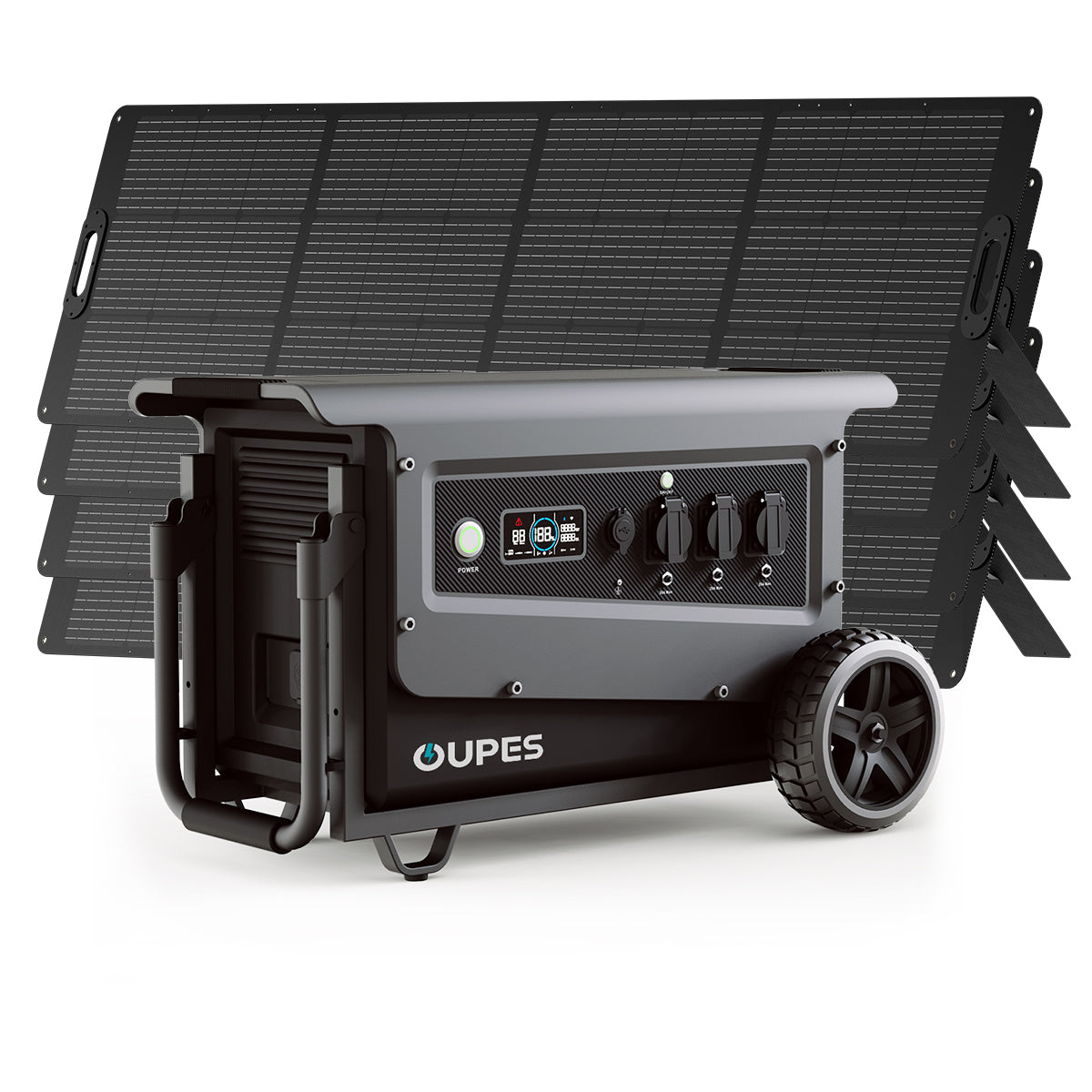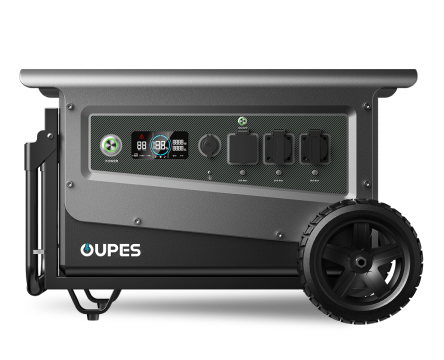
Choosing the Best Portable Power Devices and Solar Panels for Camping
When preparing for a camping trip, access to reliable power is no longer a luxury—it’s a necessity. From charging phones and cameras to running lights or powering small appliances, a dependable energy source can make your outdoor experience safer and more comfortable. Pairing a portable power device with compatible solar panels allows you to create a sustainable off-grid solution that offers freedom and independence in nature.
This guide provides an in-depth look at portable power devices, solar panels, and how to choose the best combination for your camping needs.
Understanding Portable Power Devices
Portable power devices—often called power banks, power stations, or solar generators—store electricity in rechargeable batteries. They provide a convenient alternative to traditional fuel-powered generators and come in various capacities to suit different outdoor lifestyles.
Types of Portable Power Devices
-
Small Power Banks: Lightweight, designed to charge phones, tablets, or GPS units.
-
Mid-Range Power Stations: Can power laptops, LED lights, or drones; suitable for weekend trips.
-
Large Solar Generators: Support mini-fridges, coffee makers, or multiple devices simultaneously; ideal for RV or long-term camping.
Key Features to Consider
-
Capacity (Wh/Ah): Determines how long the device can run.
-
Output Ports: USB-A, USB-C, AC, and DC outlets for multiple devices.
-
Weight & Portability: Important for backpackers vs. car campers.
-
Battery Life & Charging Speed: Faster charging means less downtime.
Choosing the Right Solar Panels for Camping
Solar panels extend the usability of your power station by recharging it during the day. For campers, this creates a renewable, eco-friendly energy loop.
Factors to Evaluate
-
Size & Output
-
Small foldable panels: Easy to carry, lower output.
-
Larger rigid panels: Higher energy output, more suited for RVs or group camping.
-
-
Efficiency
-
High-efficiency panels capture more energy even in cloudy conditions.
-
More expensive but essential for extended trips.
-
-
Durability
-
Look for water-resistant, dustproof, and shockproof designs to withstand harsh outdoor conditions.
-
How Portable Power Devices and Solar Panels Work Together
When combined, solar panels and portable power stations create a self-sustaining system:
-
Solar panels capture sunlight and convert it into electricity.
-
Power stations store the energy.
-
Devices draw from stored power day or night.
Example Workflow
| Time of Day | Solar Panel Role | Power Station Role | Device Role |
|---|---|---|---|
| Daytime | Collects solar energy | Stores electricity | Minimal device use to maximize charging |
| Night | Inactive | Provides stored energy | Powers lights, fridges, phones |
This pairing ensures campers can remain off-grid for extended periods without sacrificing comfort.
Matching Power Solutions to Camping Styles
Every camping style requires a different power strategy.
Tent Camping & Backpacking
-
Best Fit: Compact power banks or foldable solar panels.
-
Use Cases: Charging phones, cameras, GPS units.
-
Considerations: Weight and portability take priority.
Car Camping
-
Best Fit: Mid-size portable power stations + 100–200W solar panels.
-
Use Cases: Running LED lights, laptops, or portable fans.
-
Considerations: Less concern for weight; balance size with convenience.
RV or Long-Term Camping
-
Best Fit: Large solar generators with 200–400W solar setups.
-
Use Cases: Running fridges, coffee machines, heaters, or multiple devices.
-
Considerations: Space is available, so larger systems are viable.
Pros and Cons of Portable Power Devices
| Pros | Cons |
|---|---|
| Lightweight and portable compared to gas generators | Limited capacity for large appliances |
| Quiet and emission-free | High-quality models can be costly |
| Compatible with solar charging for off-grid use | Solar recharging depends on weather |
| Multiple output ports for versatility | Charging time can be long |
Maximizing Battery Life and Efficiency
To get the most from your gear:
-
Conserve Power: Turn off unused devices, lower screen brightness, enable power-saving modes.
-
Optimize Solar Charging: Place panels in direct sunlight, avoid shaded areas.
-
Charge Smartly: Prioritize essential devices first (phones, GPS, lights).
-
Avoid High-Drain Appliances: Limit use of heaters, electric stoves, or large fans.
Expert Recommendations
-
For Weekend Campers: A 300–500Wh power station + foldable 100W solar panel.
-
For Family Car Camping: A 1000Wh power station + 200W solar panel kit.
-
For RV Travelers: A 2000–3000Wh solar generator + multiple 200W panels for continuous energy.
These combinations balance portability, power, and cost-effectiveness.
Frequently Asked Questions (FAQ)
Q1: Can a portable power station run a refrigerator?
Yes, but only higher-capacity models (1000Wh+). Small stations are insufficient for extended fridge use.
Q2: How long does it take to charge a power station with solar panels?
It depends on the station size and solar panel wattage. A 1000Wh station with a 200W solar panel may take 5–7 hours in full sunlight.
Q3: Are portable power stations safe?
Yes. Quality models include Battery Management Systems (BMS) to prevent overcharging, overheating, or short-circuiting.
Q4: Do solar panels work on cloudy days?
Yes, but output is reduced. High-efficiency panels perform better in low-light conditions.
Q5: Should I choose lithium or lead-acid batteries?
Lithium (LiFePO4) is recommended for camping: lighter, longer lifespan, and faster charging.
Final Thoughts
Portable power devices paired with solar panels have transformed camping, providing eco-friendly energy independence. Whether you’re a minimalist hiker or an RV traveler, choosing the right combination ensures you stay connected, safe, and comfortable outdoors. By evaluating your power needs, camping style, and budget, you can find the ideal setup to maximize your adventure.




























